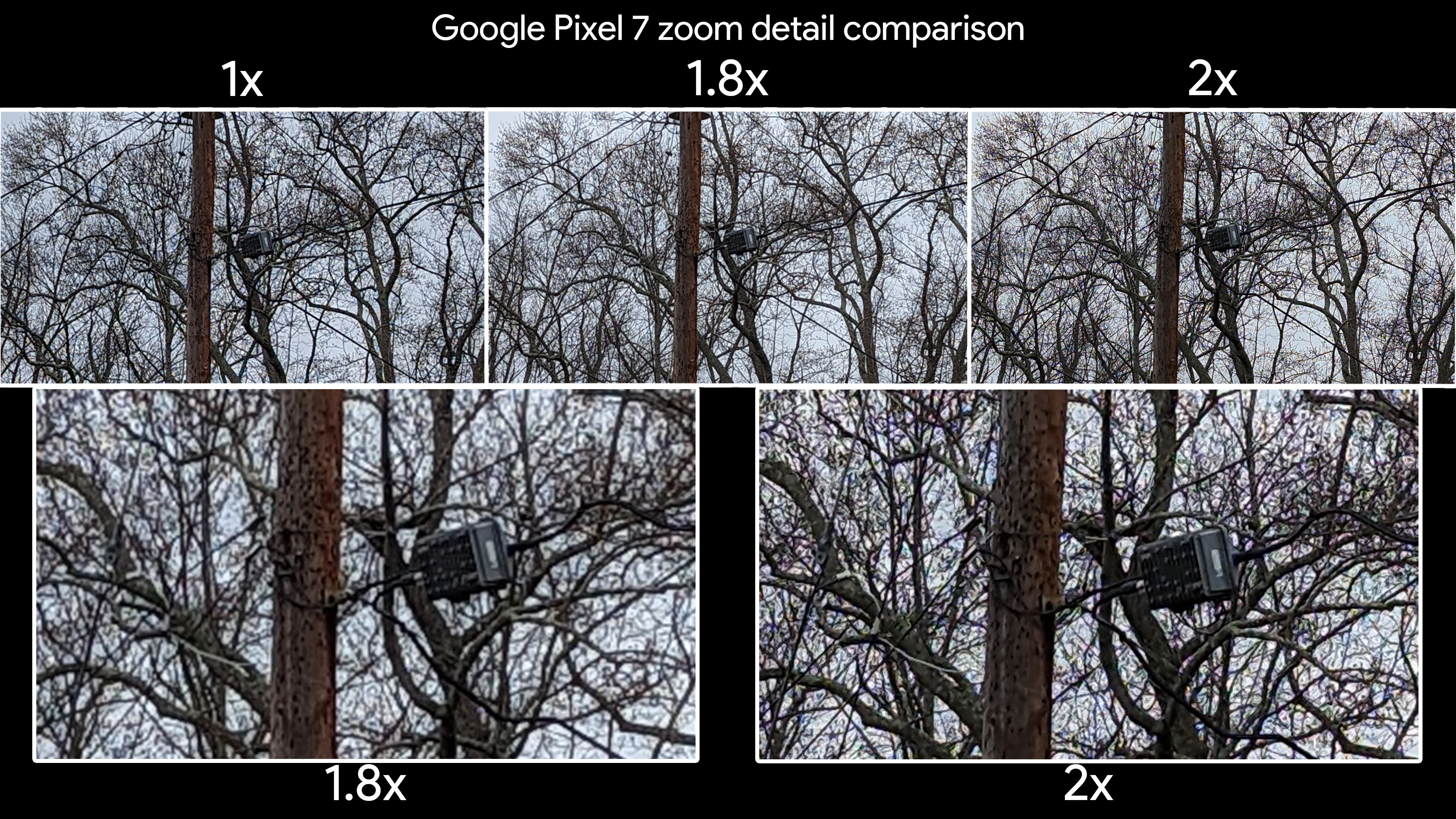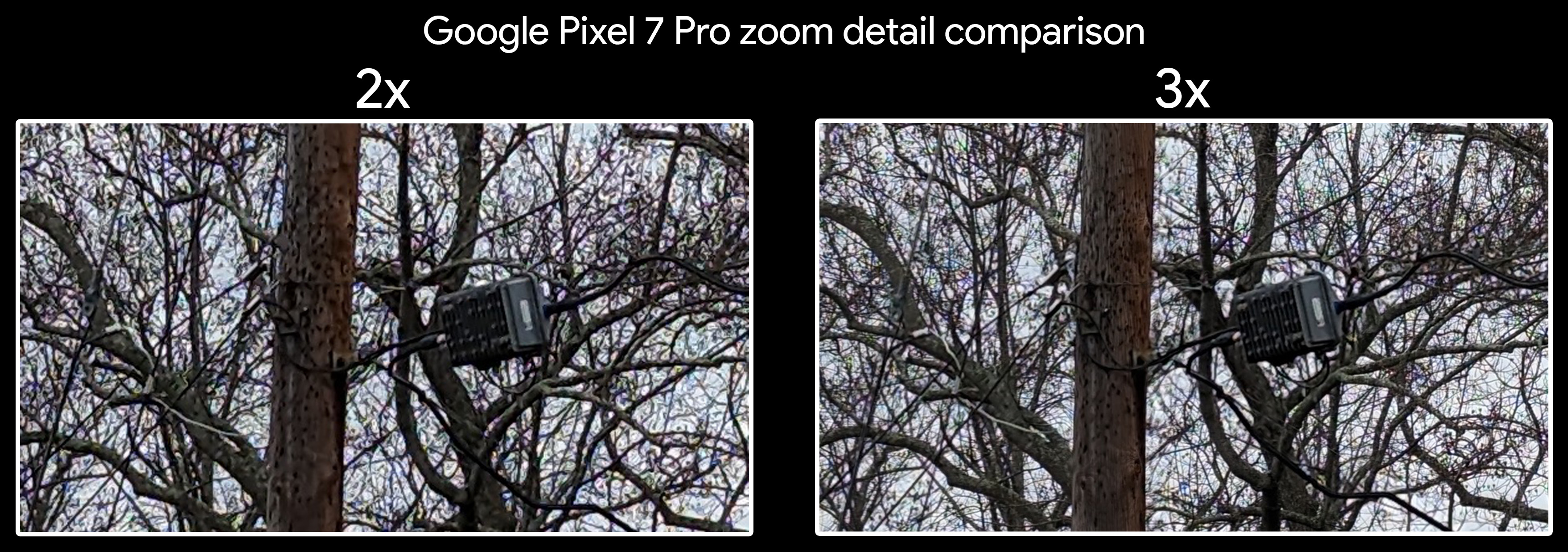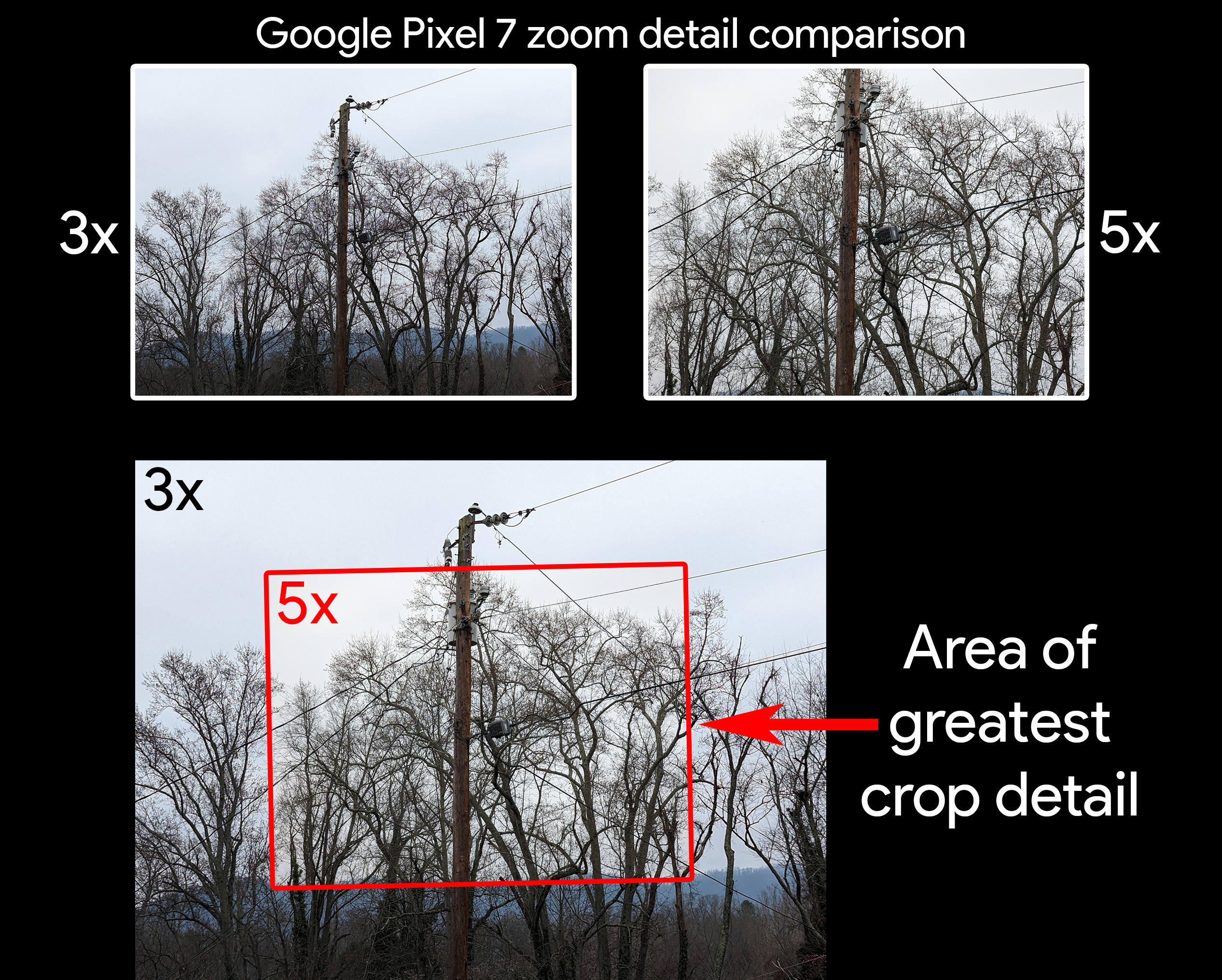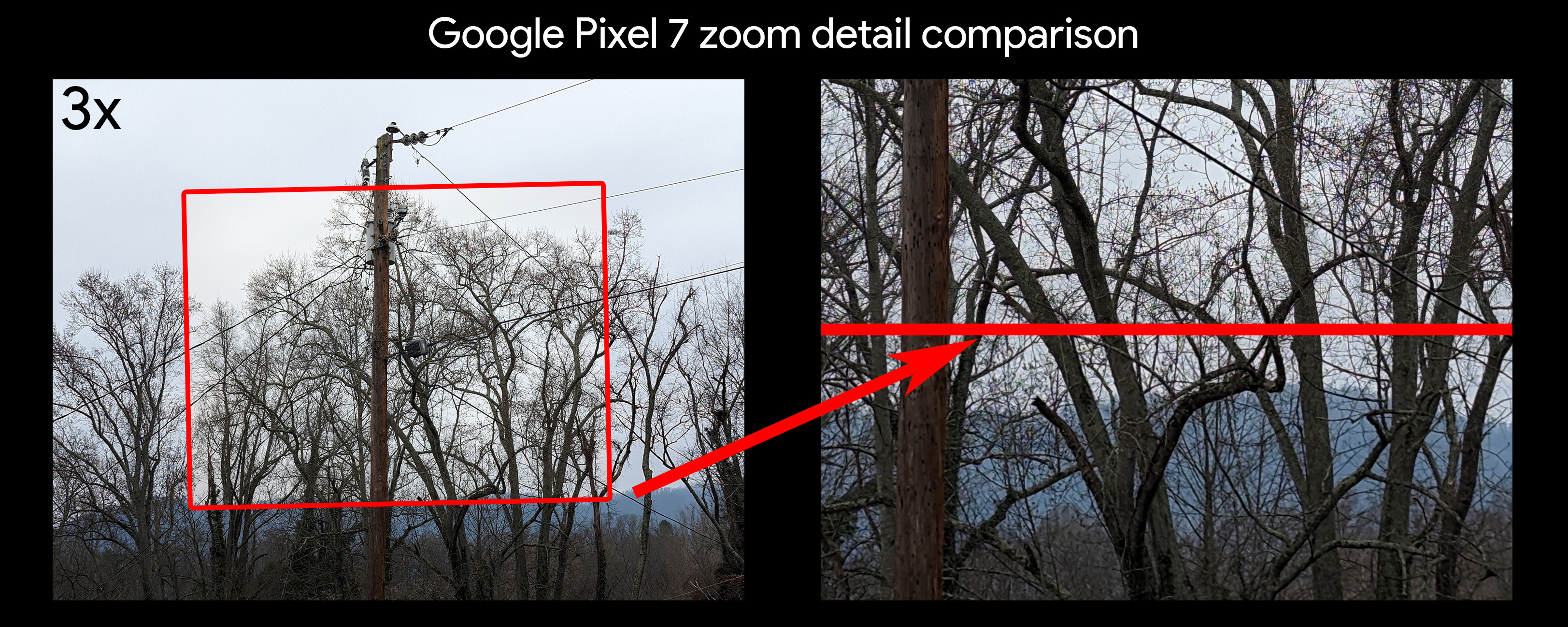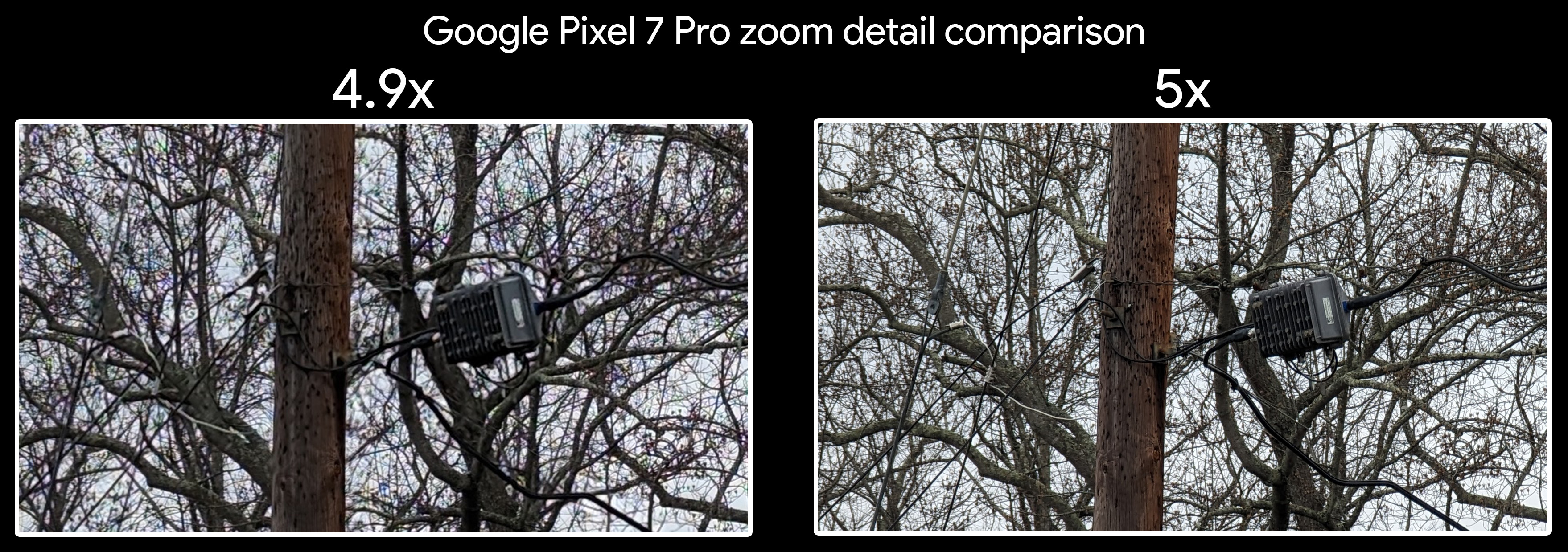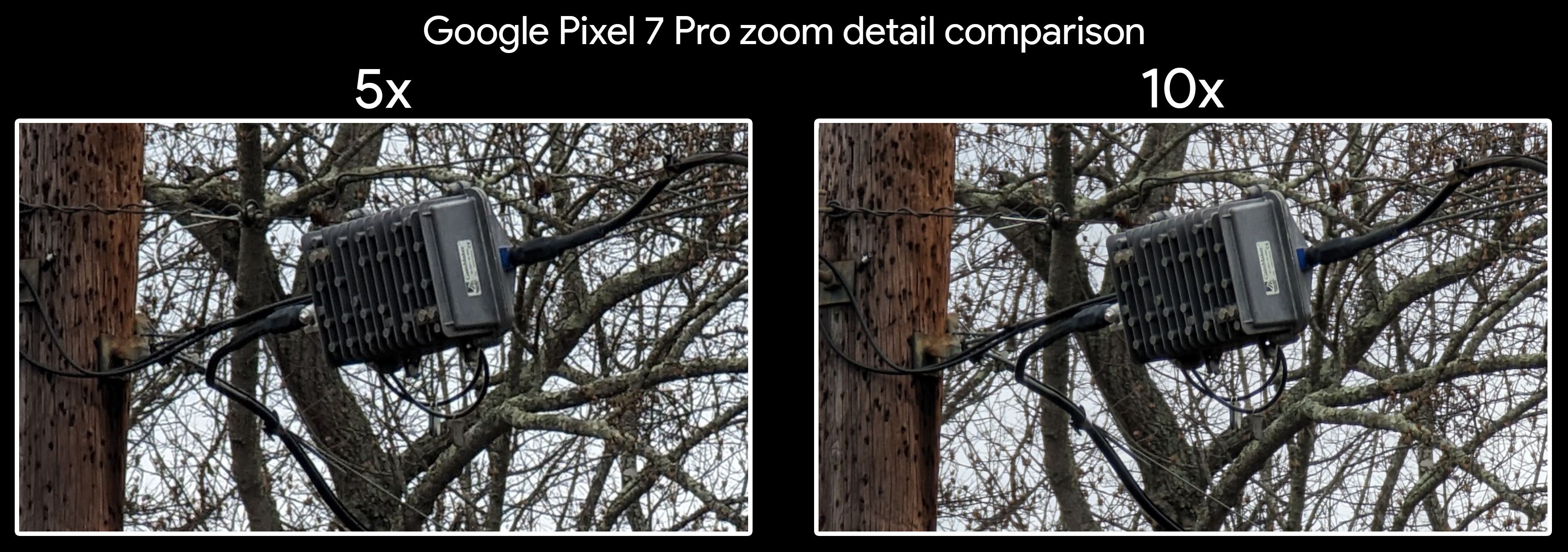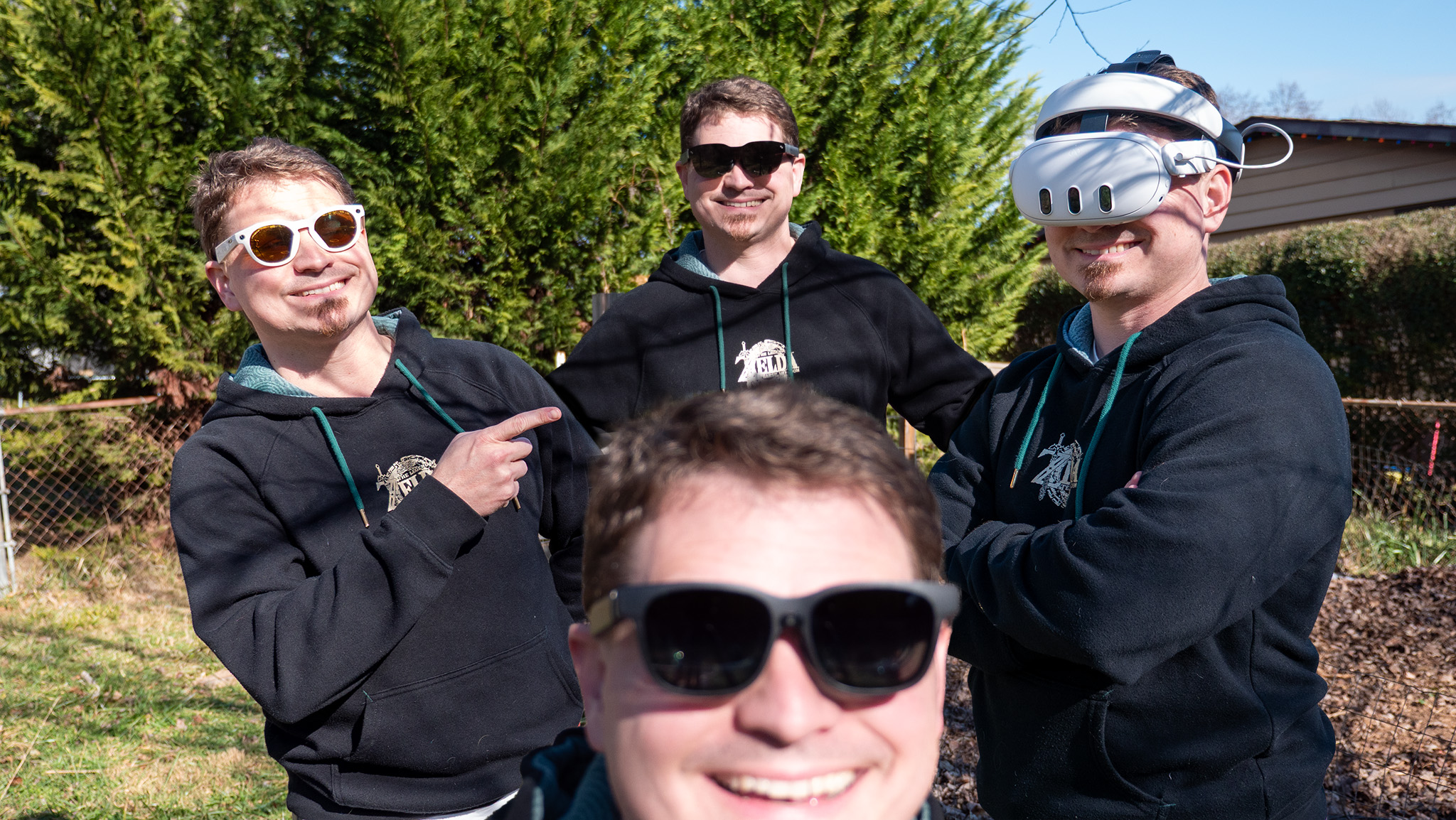How to use Pro Level Zoom on the Pixel 7 and 7 Pro
Not all zoom levels are created equal.
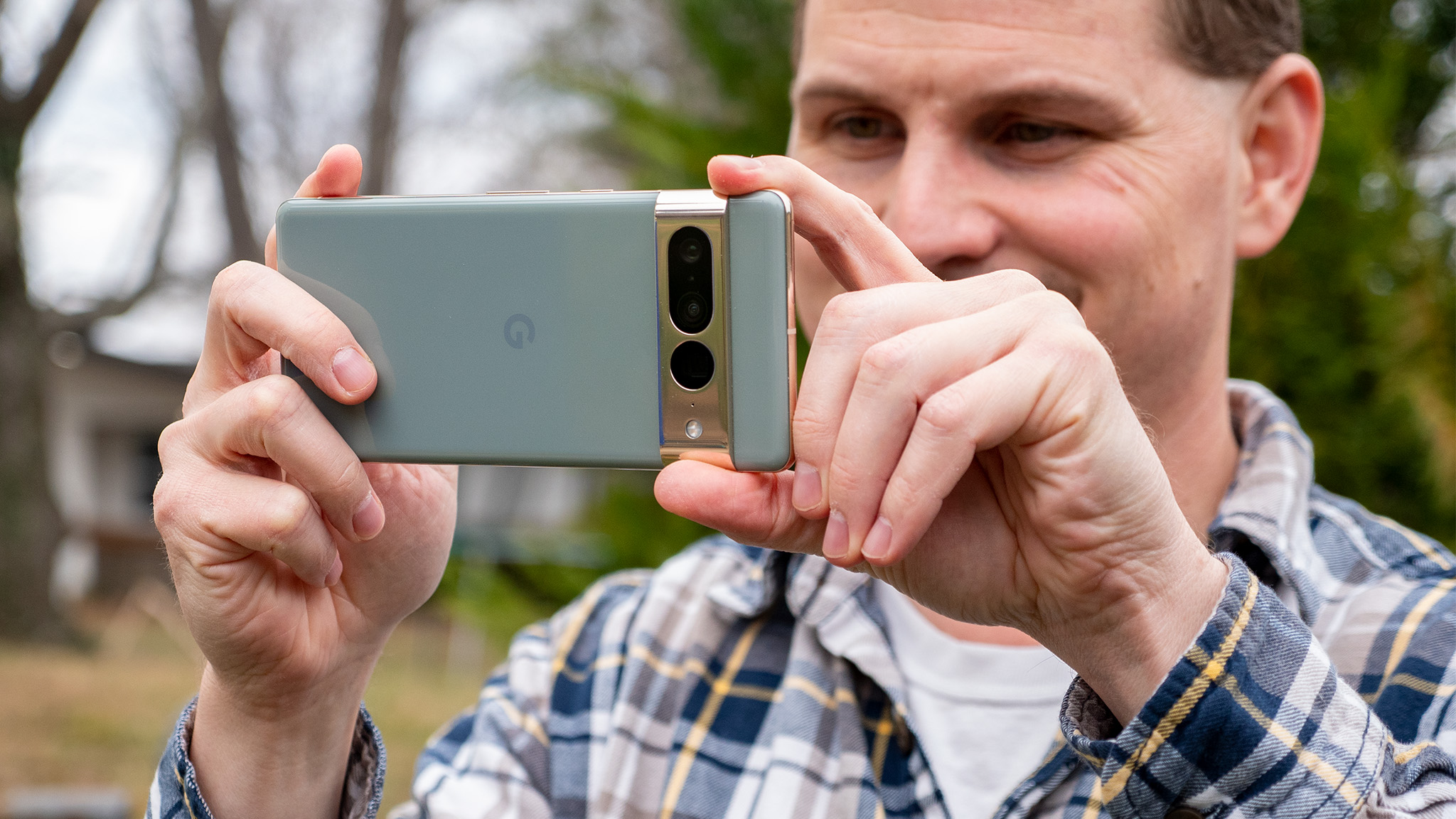
Like the Pixel 6 and Pixel 6 Pro before it, the Google Pixel 7 and Pixel 7 Pro sport amazing cameras that offer some of the best image quality from any smartphone camera. Part of that is Google's Super Res Zoom technology, which utilizes shaky hands to its advantage, gathering more image data and using AI to combine multiple images into one crisp and clear image.
But, while zoom detail is often better than the rest of the best Android phones, not all zoom levels are created equal. In fact, if you can hone in on a few specific zoom levels, you're guaranteed to get the best photo quality without too much fuss. All you have to remember are the right numbers, regardless if you have a Google Pixel 7 or Pixel 7 Pro.
How to get the best zoom detail on a Pixel 7
While the Pixel 7's main 50 megapixel camera will let you zoom in up to 8x, you'll likely want to stick to the two 1x and 2x preset buttons in the camera viewfinder. That's because, at those two zoom levels, Google's software tricks work particularly well.
In the image above, you can see the stark improvement in detail levels when zooming in using the 2x button on the camera viewfinder. Even cropping the same shot on a 1.8x zoom doesn't produce as much detail as simply tapping that 2x button.
Without getting into the weeds, the trick lies in Google's Super Res Zoom software. At 2x and beyond, the Pixel camera actually shakes a little bit inside the frame of the phone and, with each shake, takes a new photo. The phone then combines all these photos into one using the Google Tensor G2's AI capabilities to enhance what the camera actually sees.
How to get the best zoom detail on a Pixel 7 Pro
To get the best quality zoom detail on a Google Pixel 7 Pro, you'll want to stick to a few specific numbers. At 1x, 2x, 3x, 5x, and 10x, you'll see the best detail when zooming in using the camera viewfinder on the Pixel 7 Pro.
Want to know why?
Get the latest news from Android Central, your trusted companion in the world of Android
The Pixel 7 Pro ups the ante by including a 5x telephoto sensor on the back next to the main 50 megapixel camera, further enhancing zoom levels on Google's most premium smartphone. Using both the 1x and 2x preset buttons on the camera viewfinder will deliver the exact same results as the Pixel 7 since the camera's software only uses that main 50mp camera at that zoom level.
But what happens when you zoom to 3x and beyond? The results get quite fascinating, to say the least.
You'll notice that, once again, zooming in from 2x to 3x improves the detail of the final shot. That's because Google starts to utilize that 5x telephoto lens to get better zoom detail in the center of the viewfinder.
The center is the really important part here because, between 3x and 4.9x, it's incredibly important to keep your subject in the center of the viewfinder to get the best zoom detail.
Take a look at the image above. Since the 5x telephoto lens can't capture as wide of an area as the main lens, Google's use of this camera for enhanced zoom detail between 3x and 4.9x means that the red square will have the most detail in any photo taken between those zoom levels. As you get closer to 5x, that square will grow since the overall image gets closer to allowing the 5x shot to fill the entire frame.
Just so it makes sense, here's what you'll see if you crop the photo to any portion of the image outside of that red square in a 3x shot.
In the 3x zoom shot above, look at the detail difference above and below the red line in the crop on the right side. You'll clearly see the part of the image that was taken from the 50mp camera — that's the part below the red line. It's got significantly worse fine detail than the portion above the red line, which is the portion of the photo that was enhanced automatically by the 5x telephoto camera.
In short, always ensure you keep your subject close to the center of the viewfinder when taking a photo between 3x and 4.9x so that it gets the enhanced detail from the 5x telephoto lens automatically.
So how about zooming in further? At 5x, the actual telephoto lens kicks in.
Talk about a huge difference in detail! If you're zooming in more than 4x, it's worth it to just hit that 5x button and utilize the entire telephoto sensor for the shot as it produces substantially more detailed images. The white balance is very different from the main sensor which could be annoying in some cases, but that's something that can be quickly adjusted in Google Photos. You can't just magically add detail (in most cases).
How about zooming in further than 5x? There's no additional 10x or greater camera on the Pixel 7 Pro, so the last detail enhancement level you'll see is at 10x. That's because Google's software changes how it uses that telephoto sensor to produce an image, switching between binning and sensor cropping depending on software zoom level.
Essentially, the biggest quality leap is at 5x and anything beyond that is splitting hairs. The 10x shot is marginally better in this example but quite a bit of that has to do with some minor changes in photo processing.
You can zoom in up to 30x on the Pixel 7 Pro but zoom detail doesn't change between 10x and 30x at all in our testing. For the most part, it's likely not worth taking the time to zoom in and perfect your framing at these levels. Just switch to 10x and snap the shot as soon as possible.
It's clear the Pixel 7 Pro is a superb camera in all sorts of lighting conditions and at all zoom levels, delivering quality zoom up to 10x without any degradation in quality. That's a huge jump from the smaller Pixel 7, which really only jumps to 2x before zoom quality is negatively affected. If we had to choose between the two, it'd be the Pixel 7 Pro, no contest.
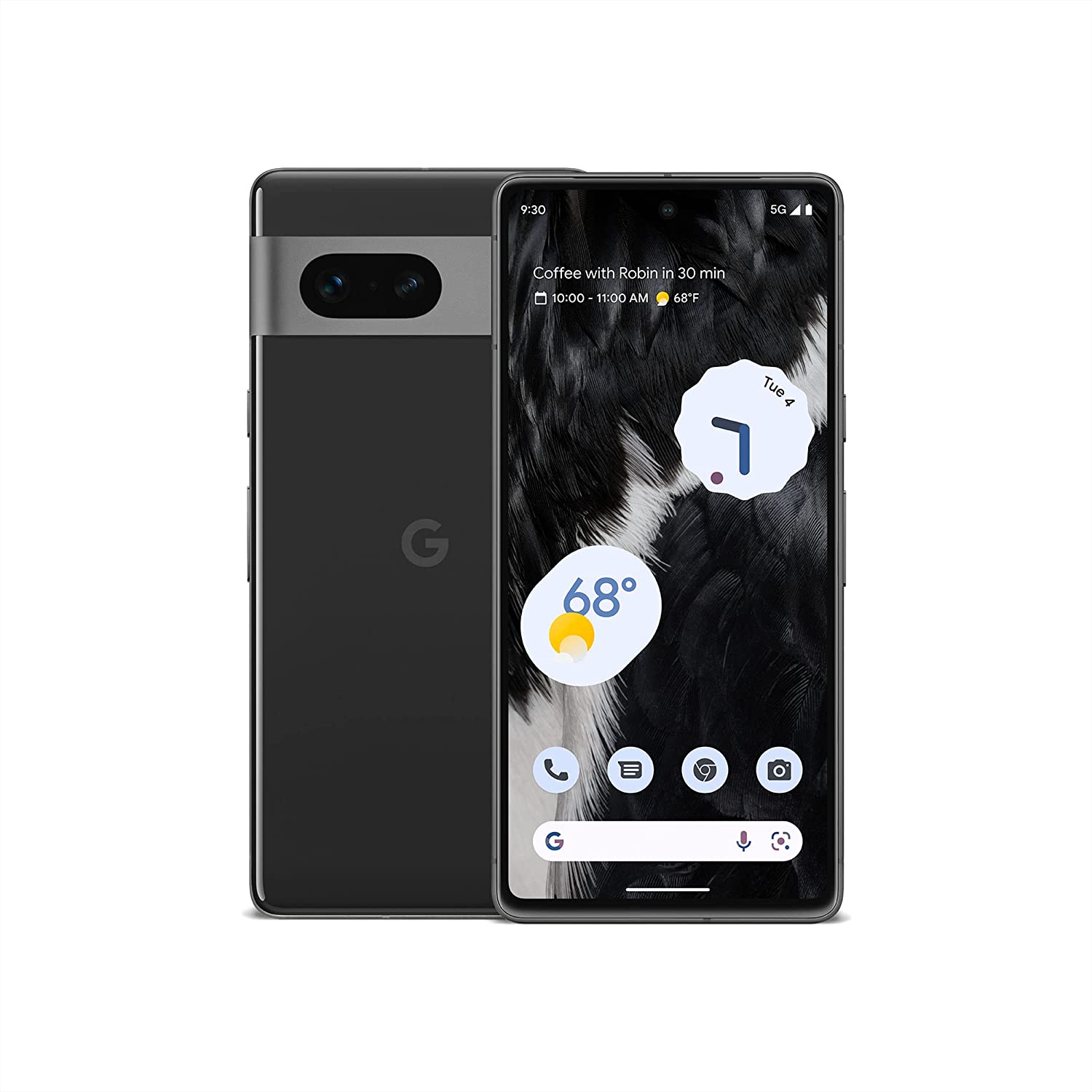
It's hard to argue with the Pixel 7's value. A brilliant display, a better camera than ever, and software features that you'll absolutely love.
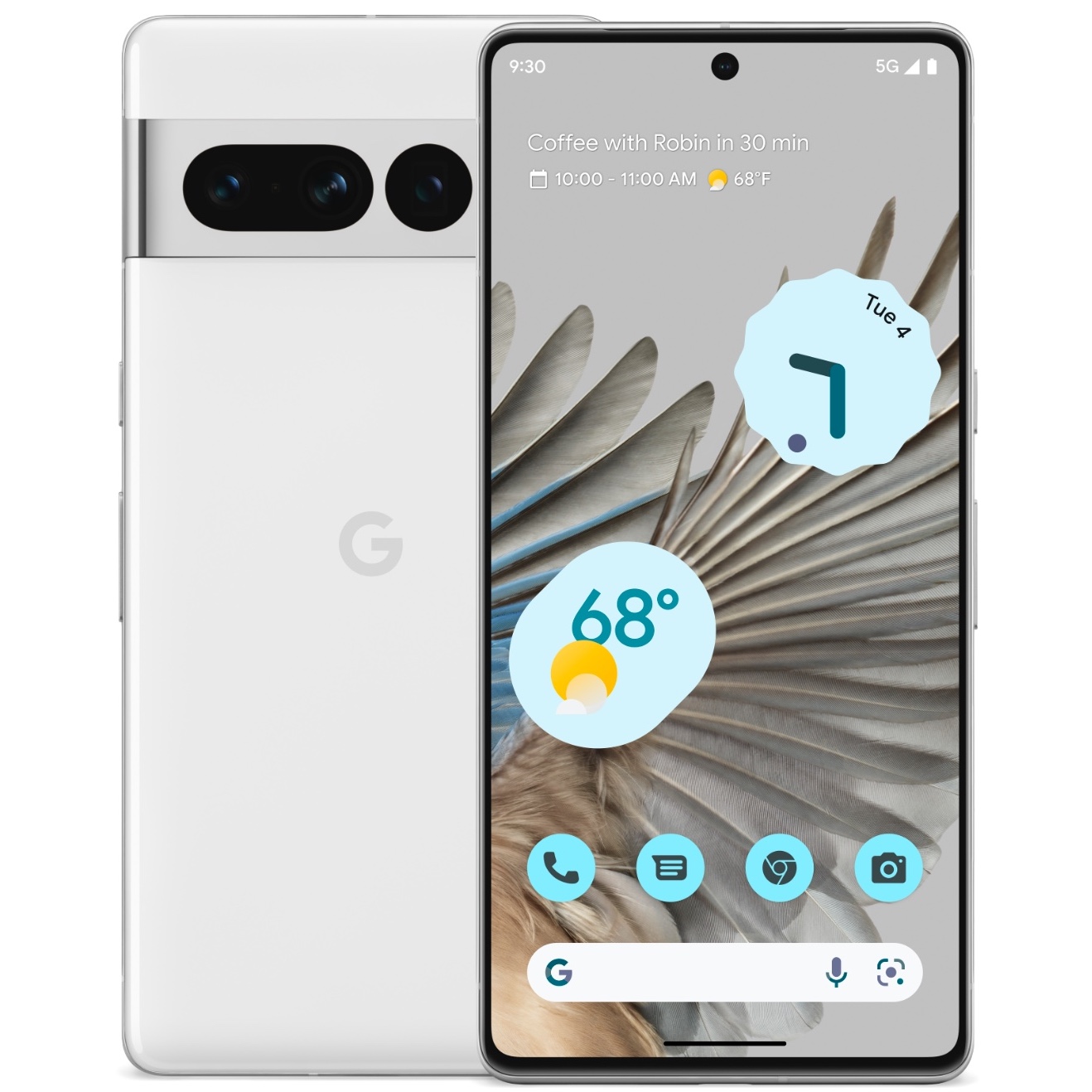
It's the camera you've always dreamed of but never thought was possible on a phone. But the Pixel 7 Pro is so much more than just a great camera thanks to the Google Tensor G2 processor and smart Google software.

